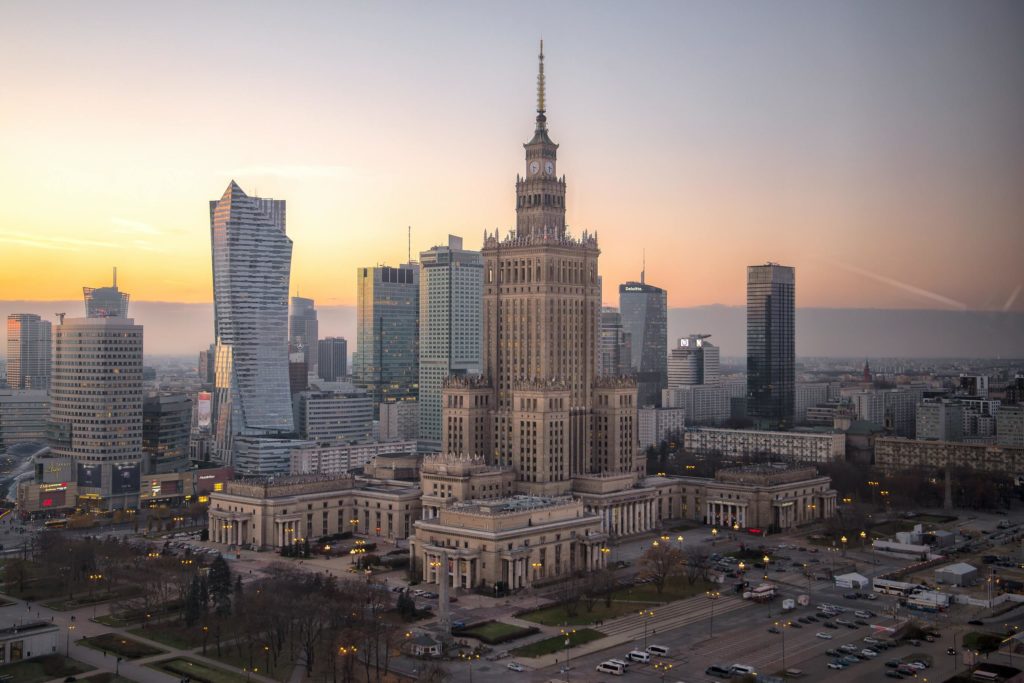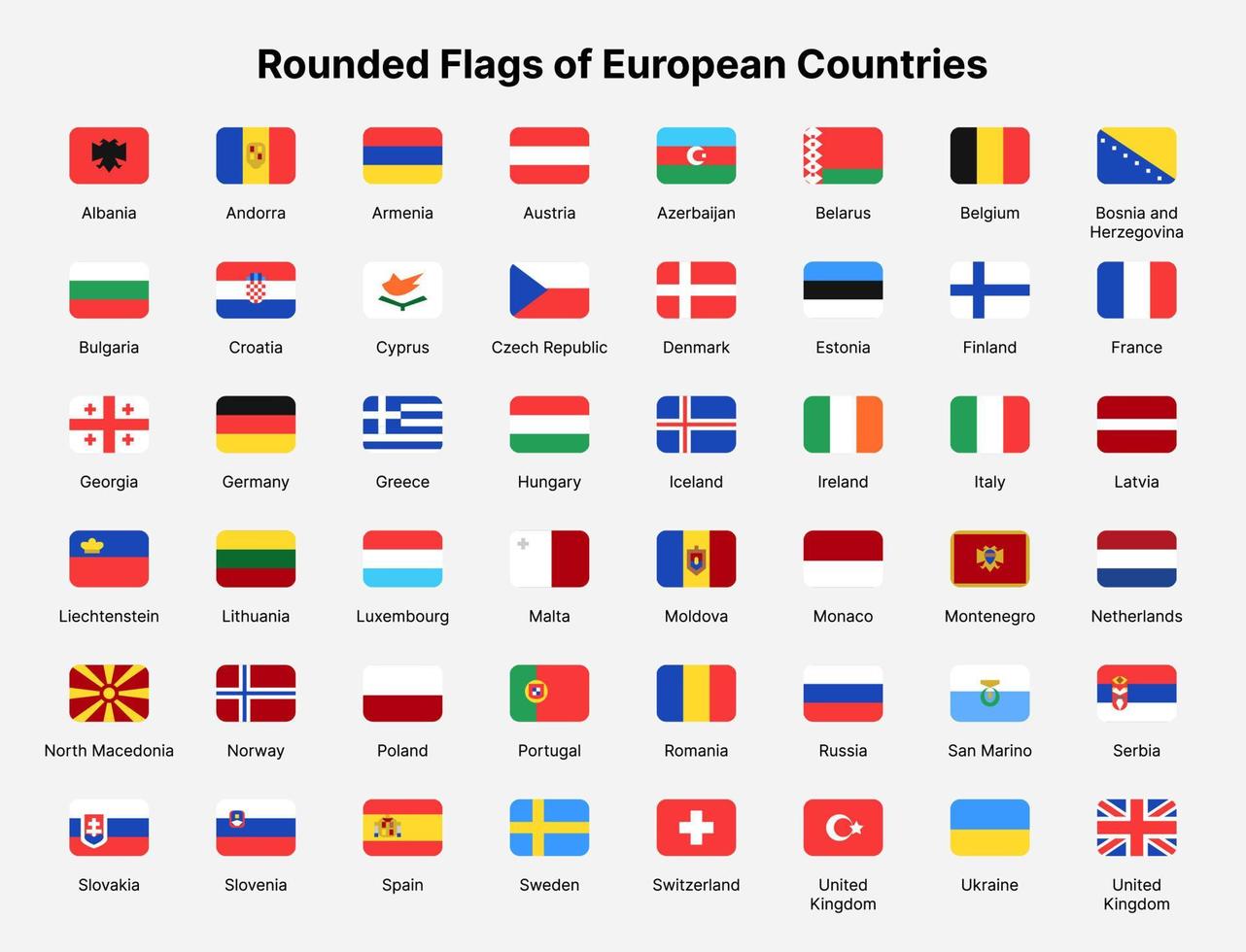In 2017, Poland gave out the most visas to skilled foreign workers of any country in Europe. In recent years, it has also happened that immigrants are mistaken for job seekers who want to start a new life in a new country. With the country’s GDP going up, Poland is likely to see a sharp rise in the number of immigrants in the next few years.
Reasons for migrating to Poland
Many people in India are choosing to move to Poland for the following reasons:
- Suitable for people with customer service and IT skills.
- On average, people work 40 hours per week.
- After one year of work, a person is entitled to 20 paid days off.
- Very few people are out of work.
- The average salary is going up in the country.

How to get a job in Poland if you want to move there
There are many ways to work here. If you want to learn more about how to do Poland Immigration. People from the European Union, Norway, Liechtenstein, Iceland, and Switzerland, which are all part of the European Economic Area (EEA), do not need a work permit to work in this country. You can legally work here for six months if you are from Armenia, Belarus, Georgia, Moldova, Russia, or Ukraine. But in other places, like India, there are rules and policies that everyone has to follow.
The rules for getting a work permit
You must also legalize your stay here before you can get a work permit, these are seen as two different things.
You will need a residency if you want to stay legally. You can’t work just because you have a residency. The work permit is given when a future employer asks for it.
Your work permit is only good for the company that hired you and the job that they gave you.
Poland has six different kinds of work permits:
- Type A: Working for a company in Poland.
- Type B: Part of the management, a general partner, or a proxy.
- Type C: Working for a non-Polish employer but sent to a branch in Poland for 30 days.
- Type D: Works for a company that is not Polish and is sent to Poland to do a service.
- Type E: Work for a company that is not from Poland.
- Type S: Work permit for the summer. It was made public in 2018.
How to apply to live in Poland temporarily
The best way to do things is to first apply for temporary residency and then apply for a work permit. Or, you can apply at the same time for temporary residency and a work permit. Temporary work and residency permits are good for three years, but a lot can also depend on your job contract.
How to get a temporary residence permit in Poland
Application for a temporary residence permit:
- Four recent color photos.
- A valid travel document.
- Proof that you have enough money.
- Health insurance or the ability to pay for care.
- Getting proof of living in Poland (lease agreement, etc).
Tax returns
The Schengen area includes the Republic of Poland. Countries that are part of the Schengen Agreement no longer check passports or immigrants at their common borders or when people travel between member states. Schengen visas from other Schengen states are also accepted by member countries. At the external border or the first time a person enters the Schengen area, normal immigration checks are done. However, if a person is allowed into one Schengen country, they are considered to be allowed into the whole Schengen area, which includes all member countries, and no further immigration checks are needed. People from other countries who have long-term visas can stay longer than 90 days in the Republic of Poland. Because of strict rules about immigration, it can be hard to get a Schengen visa directly from Poland. On the website of the Ministry of the Interior, you can find a list of the things you need to get a visa and why. Setting up a business in Poland is one way for a person who is not from the EU to apply for a residence permit.




